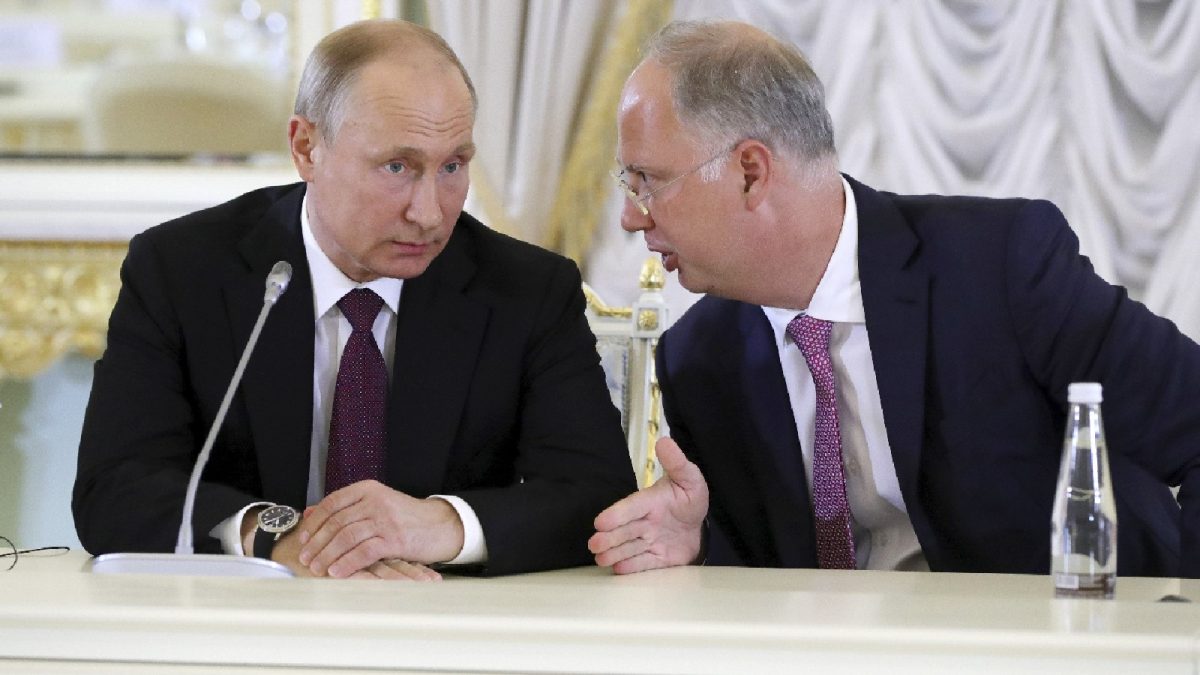ARTICLE AD BOX
On a sensational night at the DY Patil Stadium, after enduring failures and pain of losing the 2005 and 2017 finals, the Indian women’s cricket team’s unrestrained love for cricket was finally solemnised. Everybody from the women who played those games could now claim they had delivered a World Cup for India too, as they became a somebody in India’s sporting history.
PT Usha had sprinted into India’s consciousness at the 1984 Los Angeles Olympics, an overnight metaphor for someone who could run fast. And who knows, some from this women’s team will now be leading contenders for the Los Angeles Olympics T20 gold in 2028, and complete that story arc.
When Jemimah Rodrigues and Amanjot Kaur completed that unforgettable run chase against Australia, no Indian team having ever chased 300+ against the green & gold juggernauts in ICC knockouts before, the Indian woman athlete had already broken the shackles.
Usha too had been wiry, but never weak. ‘PT Usha jaisa bhaagti hai’ seeped into the Indian idiom. Jemi & Amanjot, neither more than 5 feet-2, are not built particularly tall either, but the little women lifted an entire nation from the chains of scalding losses against Australia that are stamped on the Indian psyche. The World Cup win launched them into the stratosphere that only Indian cricket occupies.
Sania Mirza and Saina Nehwal were path-breaking in racquet sports, and spoke with confidence, hit the forehand and smacked a smash with stinging power. PV Sindhu went further and won the biggies – Olympic medals and World Championships. Karnam Malleswari, Manu Bhaker, Sakshi Malik, Vinesh Phogat, Dipa Karmakar, Deepika Kumari and Rani Rampal elevated their respective sports, and Mirabai Chanu literally lifted more than four times her body weight, wowing a country.
But what Harman’s team achieved with that World Cup was take the country’s most passionately-followed sport and stake claim of half the country’s populace to glory that cricket obsessively brings – to eight-figure endorsements, full-house arenas, noisy loyalties of seas of blue jerseys and superstardom that the men have monopolised.
Those like Mithali Raj and Jhulan Goswami, a hero for almost every team member now, tried in the past, but fell short, as the frenzy fizzled out.
Story continues below this ad
Not that it should’ve been a precondition to support any Indian athlete. But a World Cup sealed by beating Australia and South Africa was needed to command that eccentric, religious massy hypnosis that has everyone from a security guard to a CEO of a business equally smitten. Because cricket pervades all sporting horizons in India, expect it to trickle into smallest towns and villages, inspired by what this generation of internationals has achieved tonight.
Truly national
As it is, this Indian team draws from unconventional centres – Himachal, Madhya Pradesh, coastal Andhra, and quiet districts like Moga, Siliguri and Sangli. The onset of the Women’s Premier League has spawned state T20 leagues with even the Chambal district boasting a team in the MP league. Himachal has had a dedicated women’s academy for a few years now, and Sree Charani, an U19 World Cup winner, comes from the eastern Andhra belt where parents see sport as a legitimate money-earning profession, even ahead of academics.
Equal match fees for women and access to elite performance facilities mean the bedrock of support is available to mount performance on. Trainers, strength and conditioning coaches, dieticians, golf-swing instructors and psychologists now work with top state teams too.
The Indian women’s team raised hopes in 2005 and 2017, twice they lost in the finals. But the finals’ curse needed breaking. While most of the state association-owned stadia are busy hosting Ranji Trophy matches, the privately-owned DY Patil Stadium in Navi Mumbai, offering a fuss-free fan experience, has emerged over the last few years as a quiet ally to the women’s game. It is not the easiest stadia to commute to, but fans, many thousands from working-class families, have diligently travelled there to lend their decibels to the Indian team. While this World Cup win automatically opens up the game to a female fan-base, this last week, men have shown no prejudice in warming up to the slightly slower women’s game.
Story continues below this ad
India’s female athletes, till now hemmed in even in progressive narratives as women doing extraordinary things despite being women, now stand to be mainstreamed as a competitive cricket team, with all the trimmings; defined by a top-tier rivalry with Australia, a fast-growing depth in talent, and non-stop selection debates on social networks. And little boys growing up watching on an everyday basis how girls grow up to contest the same battles as them, hit the same parabolic sixes that break cameramen lenses and take stunning diving catches, with Indian ones going on to win World Cups with elan.
Bollywood has scripted fictional narratives where women had to dress up as men to simply play good cricket. The movie Chak de! India dreamt up a scenario where an Indian team defeated Australia in a hockey final, and gave Indian sport its unofficial anthem. India’s women have now lived the dream, watched by doting billions and inspiring generations of women to aim for wins.
This Women’s World Cup win completes Indian cricket.










 English (US) ·
English (US) ·